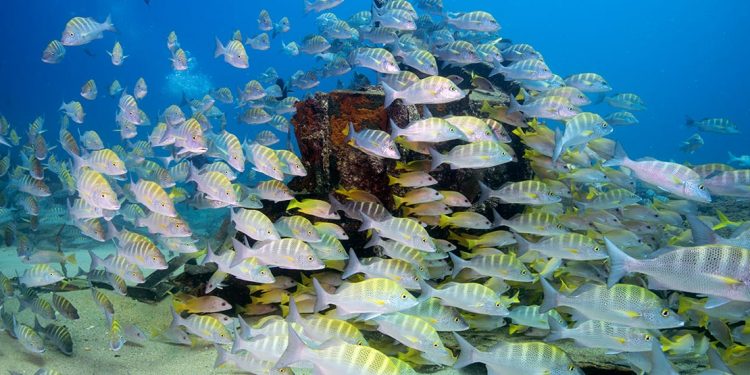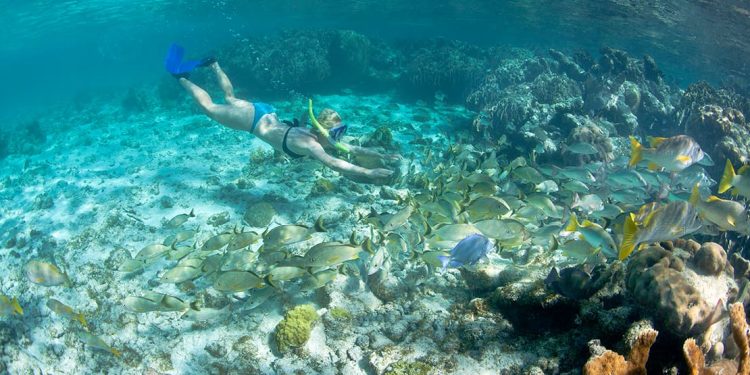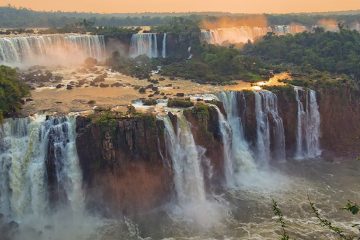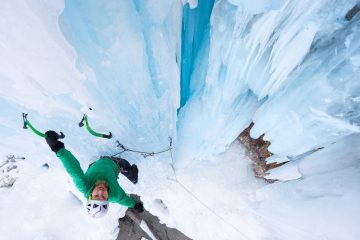8 of the Best Scuba Diving Locations on the Planet
Glover’s Reef Marine Reserve, Belize
Glover’s Reef lies roughly 30 miles off the coast of Belize, forming a large protected link in the massive Mesoamerican Barrier Reef. The reserve encompasses the entire atoll, with its 80-square-mile lagoon inside home to some 700 coral patch reefs that offer endless diving and snorkeling opportunities with common sightings of rays, sharks and hawksbill turtles.
Here you can descend into the deep, crystal-clear turquoise waters, floating along a 3,000 foot coral wall, before being welcomed by a short-nose bat fish as parrotfish nibble on the coral nearby and a massive spotted eagle ray glides past. There are miles and miles of yet-to-be discovered walls, and more than 100 feet of visibility, off this private island that pretty much guarantees some of the best scuba diving in the world.
You'll need a sense of adventure if you're planning on seeing the best places to travel in South America for yourself. But you'll love every minute of it.

Sea of Cortez, Baja, Mexico
Legendary oceanographer Jacque Cousteau famously called the Sea of Cortez “the world’s aquarium,” and as soon as you jump in, you’ll understand why it’s surely one of the best places to scuba dive. It offers all of the experiences you’re looking for in one trip, with everything from cetaceans commonly spotted, including humpbacks, orcas, pilot whales, blue whales and grey whales, to some 875 fish species, including angelfish, parrotfish and damsel fish.
Spend evenings exploring all that Baja California has to offer, and your days seeking out encounters with schools of hammerhead sharks and manta rays. Even diving with sea lions and whale sharks is possible here. If you go between January and March, you can witness gray whales that seek the sheltered bays to mate and give birth.







